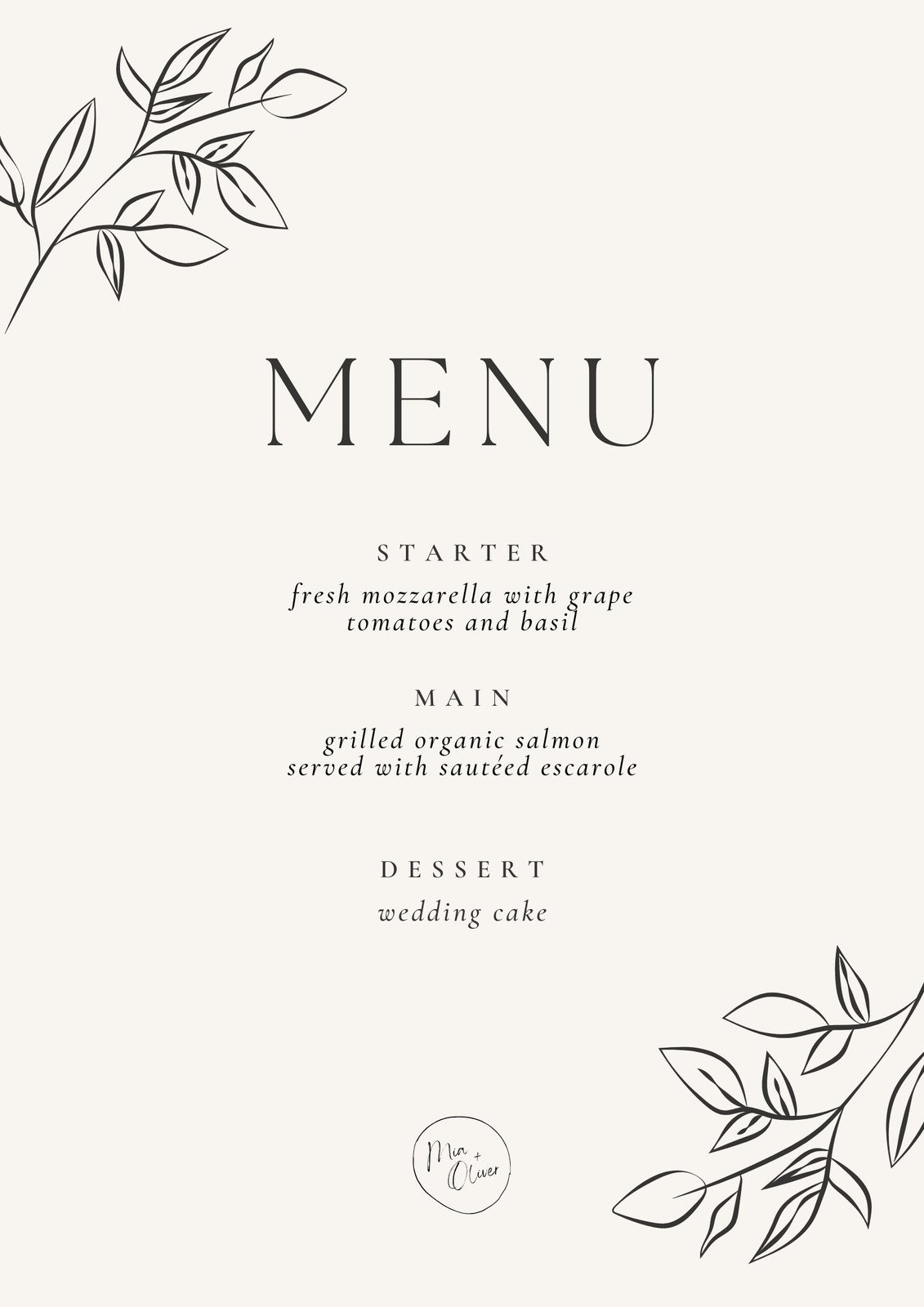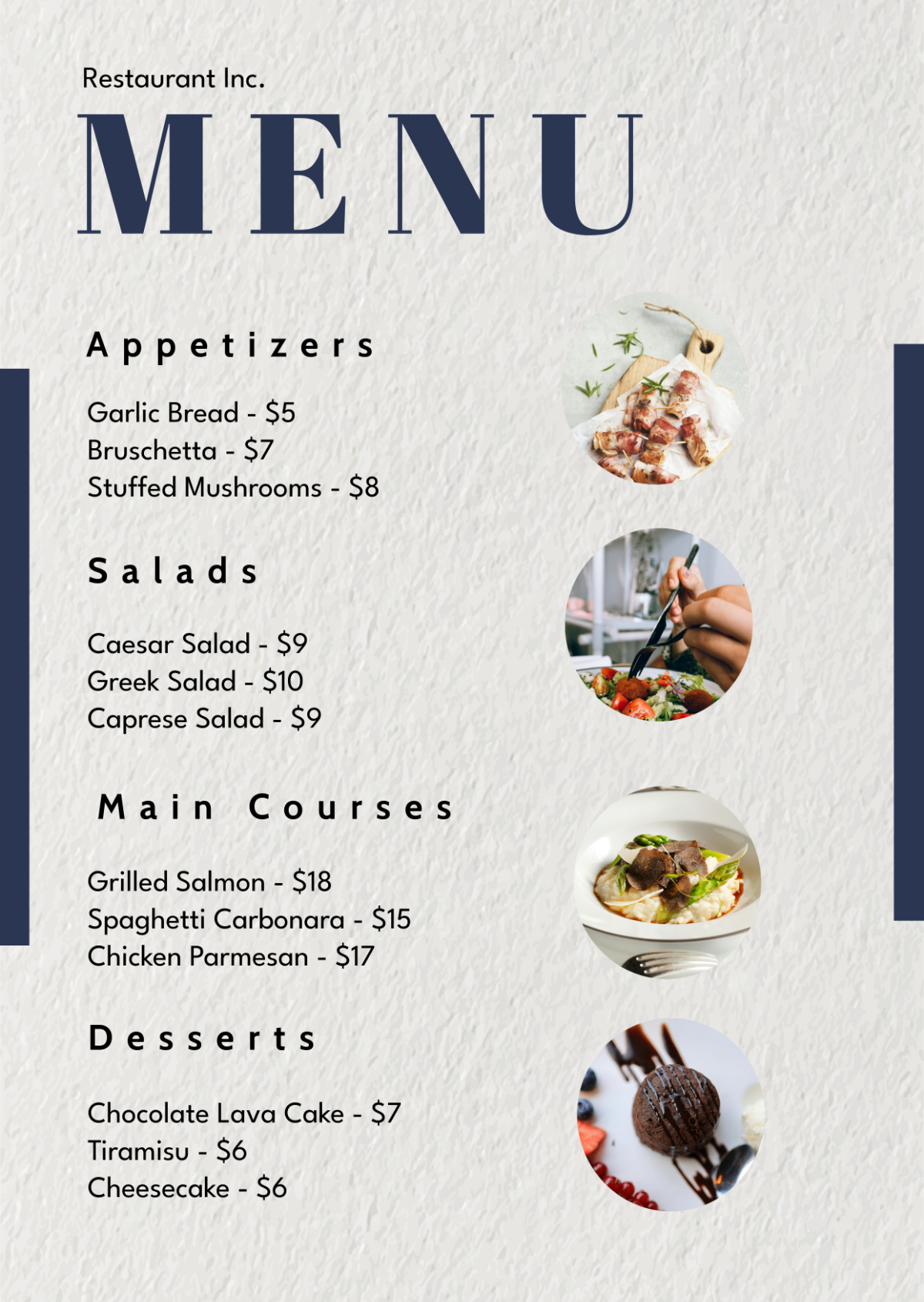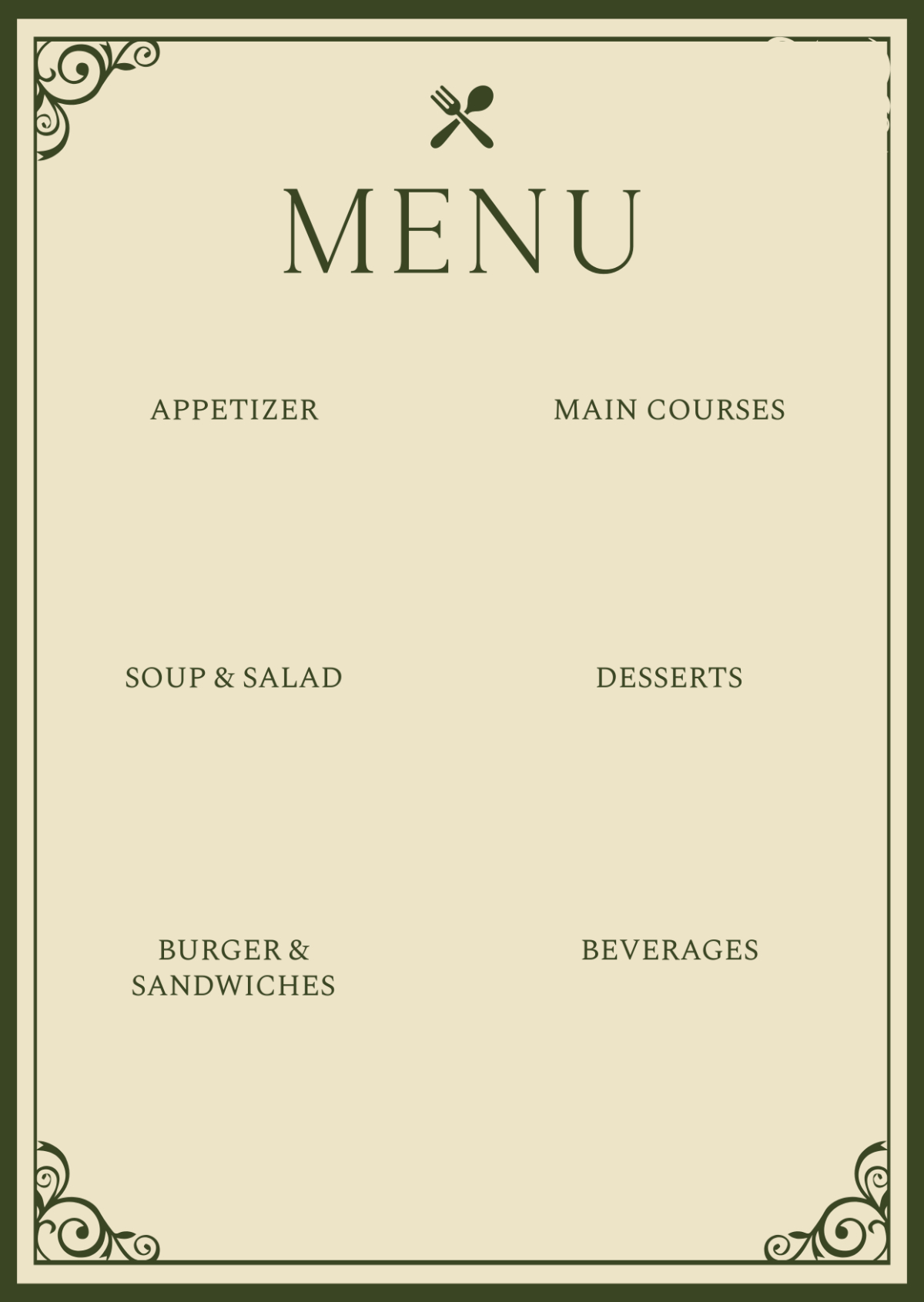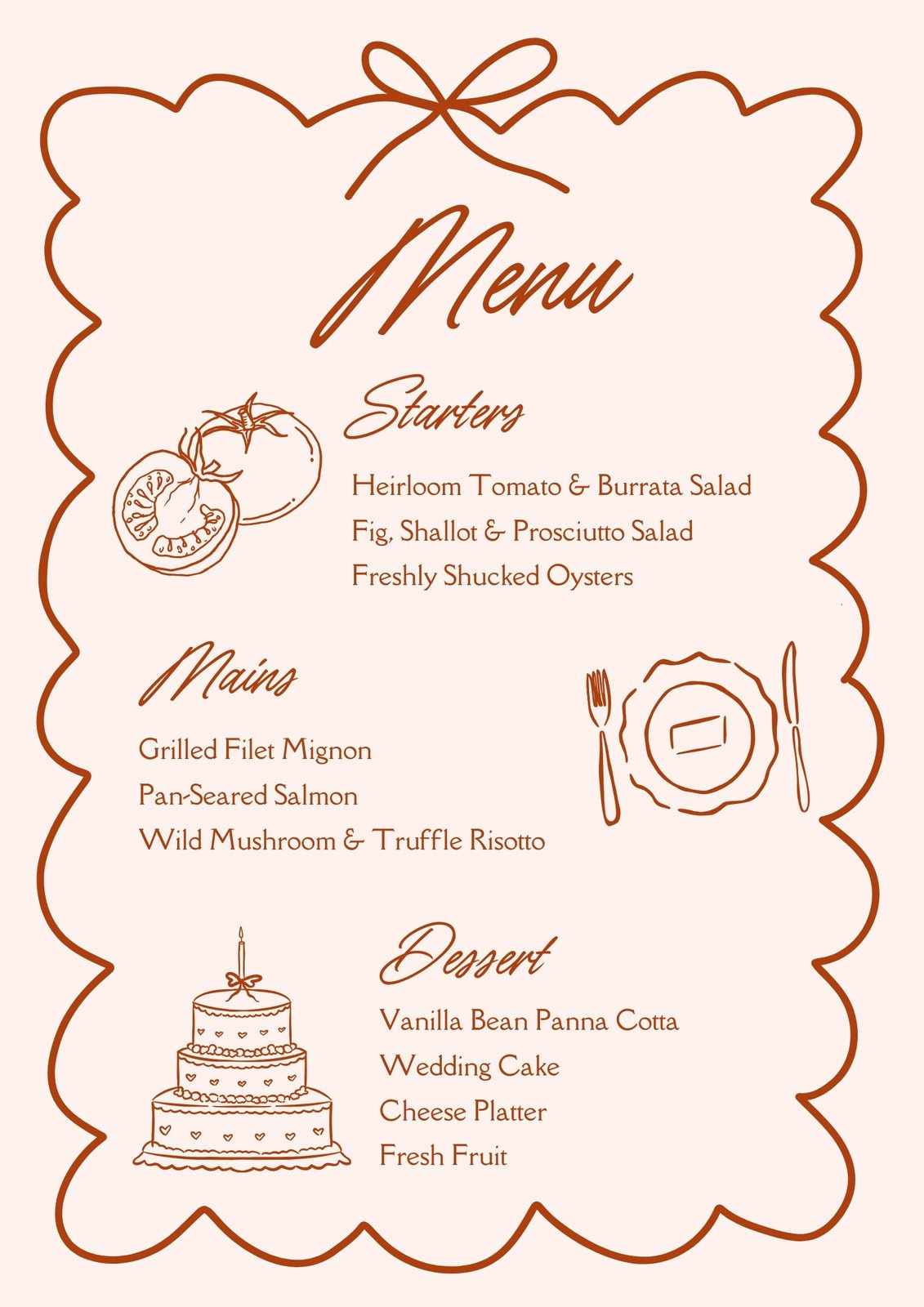Are you looking to add a touch of creativity to your next dinner party or special event? Creating a custom menu is a fun and practical way to showcase your culinary skills and impress your guests. With the help of a free printable menu template, you can easily design a beautiful menu that will leave a lasting impression on everyone at the table.
Designing a menu from scratch can be a daunting task, but with the right tools and resources, you can create a stunning menu in no time. By using a free printable menu template, you can customize every aspect of your menu, from the layout to the font style, to match the theme of your event. Whether you’re hosting a formal dinner party or a casual gathering with friends, a well-designed menu can elevate the dining experience and set the tone for the evening.
Choose a Theme
When creating a menu for your event, it’s important to choose a theme that reflects the style and ambiance you want to create. Whether you’re going for a rustic farmhouse feel or a modern minimalist look, selecting a theme will help guide your design choices and create a cohesive menu that ties everything together. Consider matching the color scheme and graphics on your menu to the decor of your event for a polished and professional look.
Once you’ve chosen a theme, you can start customizing your menu template to match. Experiment with different fonts, colors, and layouts to find the perfect combination that suits your style. Don’t be afraid to get creative and add personal touches to make your menu uniquely yours. Whether you’re including hand-drawn illustrations, quirky quotes, or fun facts about the dishes, adding special details will make your menu stand out and delight your guests.
Add Your Menu Items
After you’ve perfected the design of your menu, it’s time to add your delicious dishes to the list. Make sure to include all the necessary information, such as the name of the dish, a brief description, and any allergen or dietary information. Organize your menu items into categories, such as appetizers, entrees, and desserts, to make it easy for your guests to navigate. Consider adding special touches like icons or borders to highlight popular dishes or chef’s recommendations.
When writing descriptions for your menu items, be sure to showcase the unique flavors and ingredients that make each dish special. Use descriptive language to entice your guests and make their mouths water. Consider including fun facts about the origins of the dish or the inspiration behind it to add an extra layer of interest. By crafting engaging and informative descriptions, you can pique your guests’ curiosity and get them excited to try your culinary creations.



